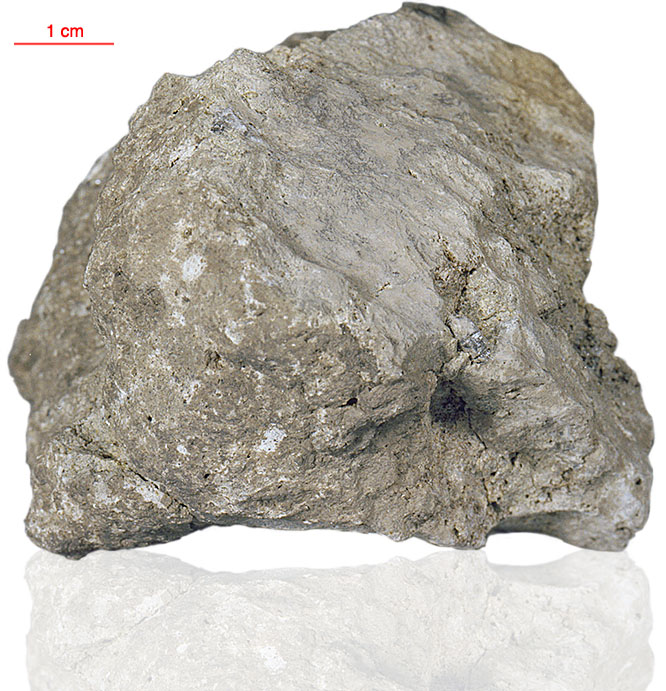
Fact sheet
72355 is an impact melt breccia with about 5% vugs and void space. Plagioclase feldspar in 72315 often has undulatory extinction, and is sometimes feathery due to maskelynite devitrification (rotation 2). Large grains have overgrowth rims with olivine necklaces. Rotation 1 shows a granulitic clast. Ilmenite is evenly dispersed in the matrix and has a seive-like texture. The metallic iron in this sample is considered to be of meteoritic origin.
The sample weighed 367.4 grams before analysis and has not been dated (although it is likely to be ~ 3.9 billion years old).
A transcript of the dialogue between astronauts Eugene A. (Gene) Cernan (CDR) and Harrison P. (Jack) Schmitt (LMP) as they sampled this boulder is available on the Lunar and Planetary Institute site.
Further details of this and other Apollo samples are here: http://curator.jsc.nasa.gov/lunar/
Apollo 17, the final manned landing mission, had two objectives: to obtain samples of ancient rocks from the lunar highlands and to look for evidence of younger volcanic activity on the valley floor.
This small Collection contains material deriving from both periods, including igneous rocks around 4.3 billion years old from the lunar highlands as well as younger volcanic samples dating from about 3.6 billion years ago.
Apollo 17 was launched on 7 December 1972.






